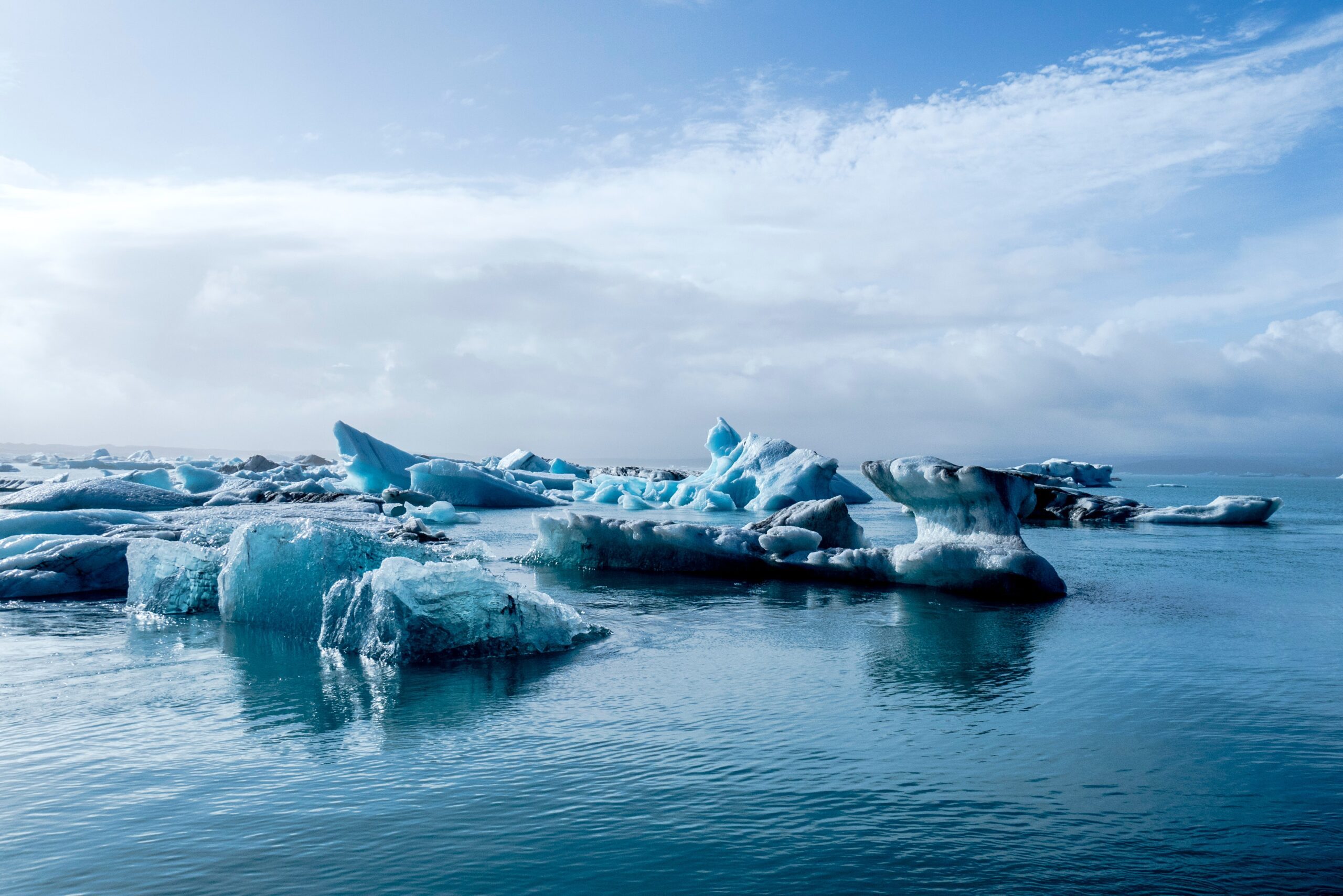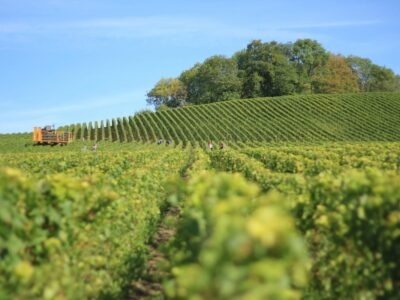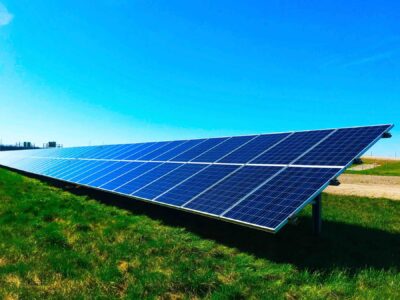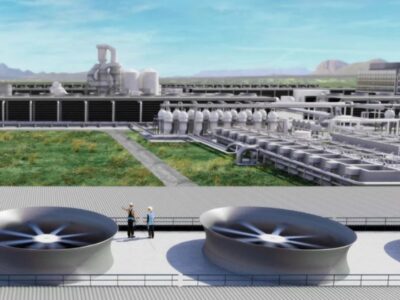Permafrost covers about one-quarter of the Northern Hemisphere’s land mass and stores 1.5 trillion metric tons of organic carbon. That’s twice as much as Earth’s atmosphere holds. Rising temperatures have created thawing and fracturing in permafrost, causing the organic carbon inside to break down and release carbon dioxide.
This is a big problem that requires immediate action. To address it, a group of climate scientists, policy experts and environmental advocates in April announced a six-year, $41 million project to investigate the environmental impact of thawing permafrost and help Arctic communities cope with the effects.
The Permafrost Pathways is being spearheaded by the Woodwell Climate Research Center, a Massachusetts-based scientific research organization. Others taking part are the Belfer Center for Science and International Affairs at Harvard University and the Alaska Institute of Justice. Funding will come from a collective of private donors through the Audacious Project, which includes billionaire philanthropist Mackenzie Scott.
The project aims to improve how greenhouse gas emissions from thawing Arctic permafrost are monitored. It also will develop policies in two main areas: mitigating the global impact of permafrost emissions and assisting native communities struggling with problems caused by thawing ground.
The term “permafrost” refers to the frozen ground beneath the Arctic that can sink as much as hundreds of feet deep in some areas. This ground holds the remains of plants and animals that were built up over centuries. As the topmost frozen layer thaws, the organic matter it contains decomposes and emits CO2 and methane into the air.
Because this is a relatively recent development, there’s not a lot of available research on its effects. One mission of the Permafrost Pathways project is to get the science right.
According to Dr. Susan Natali, director of the Arctic program at the Woodwell Center, “it’s important to us to be making sure that our science is actually useful and usable where it’s needed.”
The Woodwell Center’s responsibility is to get information about the greenhouse gasses being emitted. This will require filling in gaps between existing monitoring stations across the Arctic.
“Arctic residents and scientists have been observing permafrost thaw for decades, but the scale and coordination of the research in this space hasn’t been sufficient to meet the urgency of the threat and drive meaningful policy change,” Natali said in a statement.
The Harvard Kennedy School’s primary responsibility will be formulating policies to help mitigate permafrost thaw and avoid worst-case scenarios.
“The only leverage we ultimately have is to reduce the global emissions of carbon dioxide and methane and other heat-trapping gasses to slow the pace of permafrost thaw,” said John Holdren, director of the Belfer Center’s Arctic Initiative and a former senior government science advisor.
In addition to conducting research and developing policies and solutions, the project aims to help people in the region who face a much more immediate crisis in the form of rapidly disappearing land. In some cases, residents might have to move to safer areas. The Alaska Institute for Justice is leading this part of the program in conjunction with tribal partners.
Funding will go directly to tribes to carry out new ways of managing life in the region. One of the main priorities will be developing systems that respond to the continued loss of frozen land – including relocation strategies that could prove useful to other global communities threatened by rising sea levels.
“Part of the challenge is we need to be way more proactive,” Robin Bronen, executive director of the Alaska Institute for Justice, told Arctic Today.





